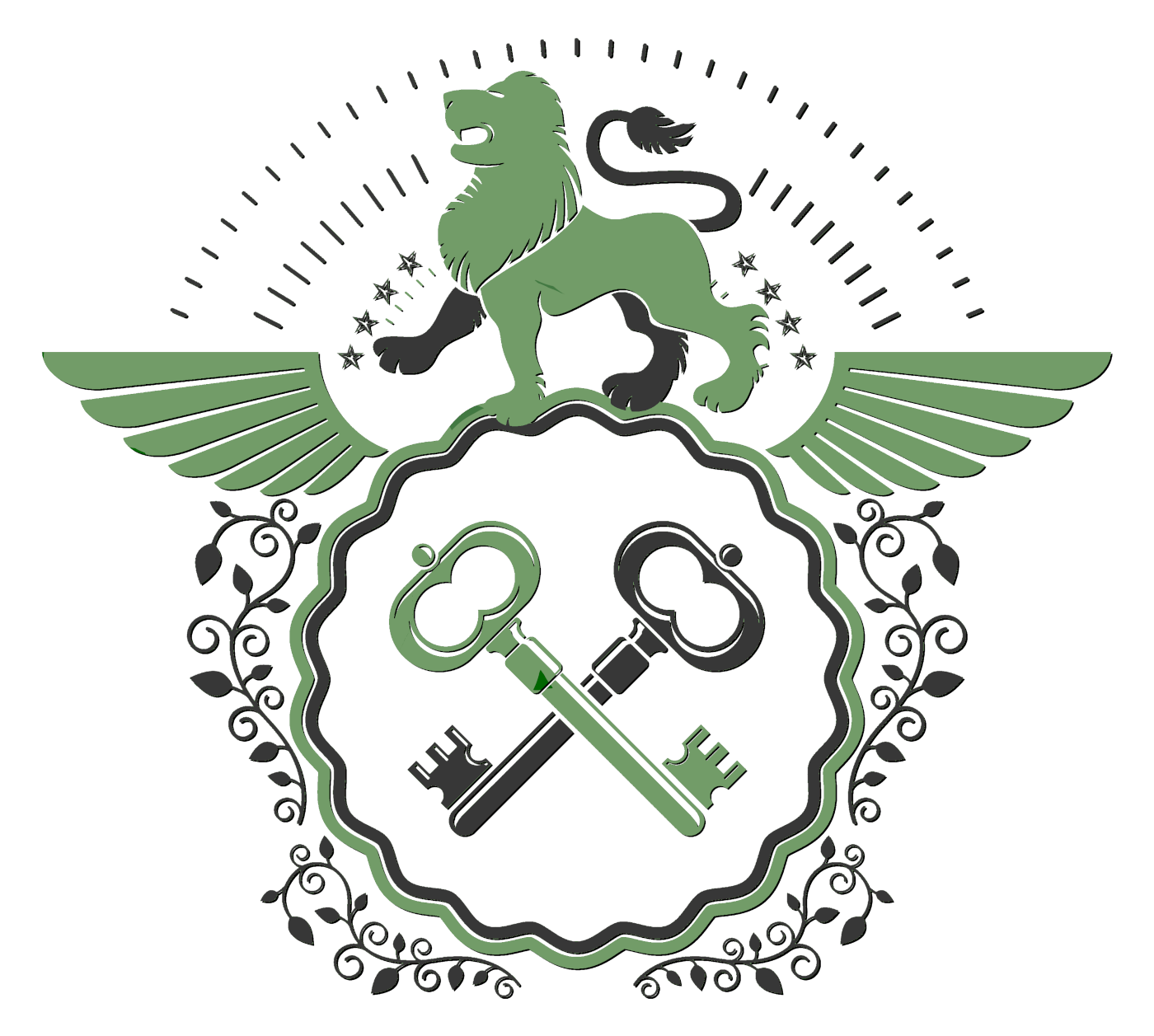|
Ah, after a couple weeks of not-worldbuilding, my fantasy brain has finally woken back up again! I spent 2-3 hours today writing this long article about a species of snake. Since it's complicated, I thought I'd post the article for critique before I edit it and file it in my subforum. This is for my fantasy world Erde, although you don't need to know anything about my world to understand the animal. All thoughts welcome!
(The scientific name of the animal hasn't been determined yet because I haven't settled on a language for my dwarves.)
***
“HEADLESS” SNAKES
Headless snakes are a species of warm-blooded reptile, so-called because their formless bodies make it difficult to tell which end is the head. They were brought to Erde as hunting animals by the drawven and human races of the north. They are most commonly found in the northern mountains and central forests, but their warm-blooded nature allows them to adapt to most climates. Their formal name in the northern cultures is [word for blind], meaning “blind.”
Headless snakes have a round head and a blunt tail, making the two ends difficult to distinguish. They have a long, powerful jaw lined with short teeth, similar to an alligator. They have no venom or tongues. Their thin skin is born a yellowish white which browns in prolonged exposure to the sun. If the snake spends a long time in the sun, its skin will darken into an earthy brown. A snake that is sick or dying will become splotched with gray.
The headless snake’s most distinctive characteristic is its lack of eyes and nostrils. Completely blind and deaf, the headless snake relies on its keen sense of touch and taste. In addition to being highly sensitive to touch, the headless snake’s thin skin is covered in pores similar to taste buds that pick up tastes from its surroundings. The snake’s skeleton is also sensitive to vibrations, allowing the animal to sense movement and some sounds.
Because it relies heavily on its sense of taste, the headless snake hunts primarily by tracking. The snake can trace a scent across the ground, much like a dog. Most snakes track their prey back to its nest, where they eat the entire brood. Some snakes prefer to lie in wait for their prey, lying still until they sense the vibrations of an approaching creature. This is especially true of larger snakes.
Like most snakes, the headless snakes are carnivores. The headless snake usually kills its prey by crushing or strangling it in its bony jaws. The snake will bite its prey and hold it its teeth until it dies, then swallow it whole. For this reason, headless snakes try to seek out prey close to their size. An animal larger than the snake can often injure its attacker and escape, while too small of a prey might slip down the snake’s throat alive, wrecking havoc inside. The headless snake will eat already deceased prey as long as it doesn’t smell rotten, leading to the inflammatory rumor that the northern cultures feed their dead to large snakes. When it is finished eating, the headless snake spits up the indigestible parts of its prey. It excretes the rest of its refuse by sweating.
Headless snakes have a unique metabolism that regulates their growth based on the amount of food they eat. The more food they eat, the faster they grow. When food is scarce, the snake stops growing to conserve its energy. It will digest its prey very slowly, allowing it to go long periods of time between catches. When food is plenteous, the snake will usually eat as much as it can find, causing it to grow rapidly. There is no known limit to how large a snake can grow if it has enough food. Snakes several yards long are not uncommon, and legend warns of monstrous snakes as wide as a man is tall, lurking in the caves and feeding off of unwary travelers.
Despite the rumors, headless snakes are not the terror legend makes them out to be. Small snakes are killed fairly easily and are preyed upon by a variety of animals, keeping the population in check. Moderate-sized wild snakes will rarely attack humans because the snake will shy away from the human’s heavy vibrations. Many cultures allow the snakes to live in their homes and barns, ridding the area of mice; when the snake becomes too large, it is killed and eaten. If raised from birth, the snakes can easily be trained to recognize the smell of familiar humans and animals, allowing them to live with humans and be handled easily.
Large snakes, however, are a formidable foe. The larger the snake, the more difficult it is to fatally wound it. The snake’s head and throat are protected by extra bone, so the best attacks target the snake’s belly, where all of its vital organs and nerves lie. The most conservative method of extermination involves feeding the snake poisoned prey, but finding enough poison to kill a large snake can be difficult. Irritating a snake’s sensitive skin can sometimes deter it. There is also the questionable practice of enticing the snake to eat live prey and having the sacrificial creature damage the snake from the inside; legend speaks of brave heroes who survived being eaten alive in this way.
Headless snakes are secluded and slightly lazy creatures; they prefer to stay where it is quiet when they are not hunting, but they will not flee from intruders unless threatened. They are often found in bushes, empty burrows, or other sheltered spots. They are perfectly comfortable in the rocks and will lurk in caves if they can find food. In dry weather the snake will soak in shallow pools, damp leaves, snow, mud, and even wet laundry to rehydrate its skin.
Headless snakes are warm-blooded creatures that regulate their body temperatures primarily by metabolizing. The colder the climate, the more the snake needs to eat to stay warm. If food is scarce, a snake will often move to warmer climates to sustain itself. Snakes also incubate by coiling around themselves or hiding in cozy spots to trap their own body heat. Many a snake has innocently taken refuge under a rug or pile of laundry.
Headless snakes are solitary creatures; they live where they can find food and avoid others of their kind. Eggs begin growing in the female’s body once she reaches about two inches in diameter, provided she has ample food; the healthier and larger a female snake is, the more eggs she may be carrying. A male snake will only seek out a female when he is well-fed and in good health. If a healthy male comes across the scent of a female, he will track her. If the female is feeling well, she will allow him to bite her just behind the throat. A successful conception will fertilize the foremost egg in the female’s body, which will incubate for about another two weeks before the female spits it up and leaves it to hatch. A female can be incubating multiple fertilized eggs at a time and can produce young her entire life as long as she has ample food.
The eggs are about the size of a chicken egg and are a muddy shade of brown, allowing them to blend into the dirt. They are soft and squishy like a wet sack, which means they can often survive being stepped on. The baby snake will eat its way out of the sack in two-three weeks, hatching out at eight-twelve inches in length. Twins are possible, although extremely rare, and are considered a sign of good fortune. Baby snakes’ senses are fully formed and they immediately begin hunting, starting with insects.
Humans will breed headless snakes in captivity or hunt for the eggs in the wild; unhatched eggs, rather than baby snakes, are the easiest to sell to new owners. The eggs can be eaten, although the chewy texture of the shell is not highly appealing. Even unborn baby snakes have tiny bones, making them difficult to eat and a choking hazard for unsuspecting animals that prey on the eggs.
_________________
Website | Twitter | Instagram
My Patrons get free books and merch!
Latest Release: Aurelius (Red Rain #3.5)
|




 Ohh!
Ohh! 